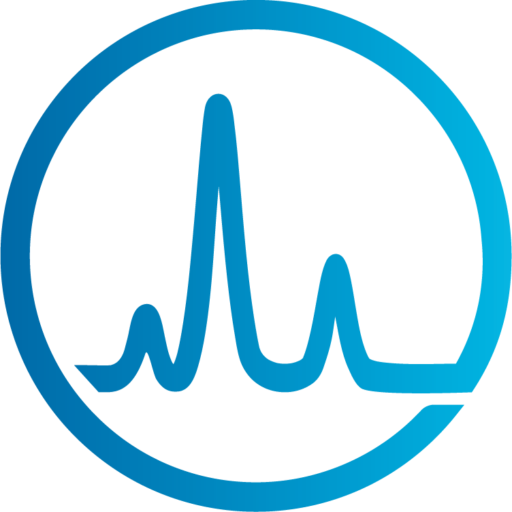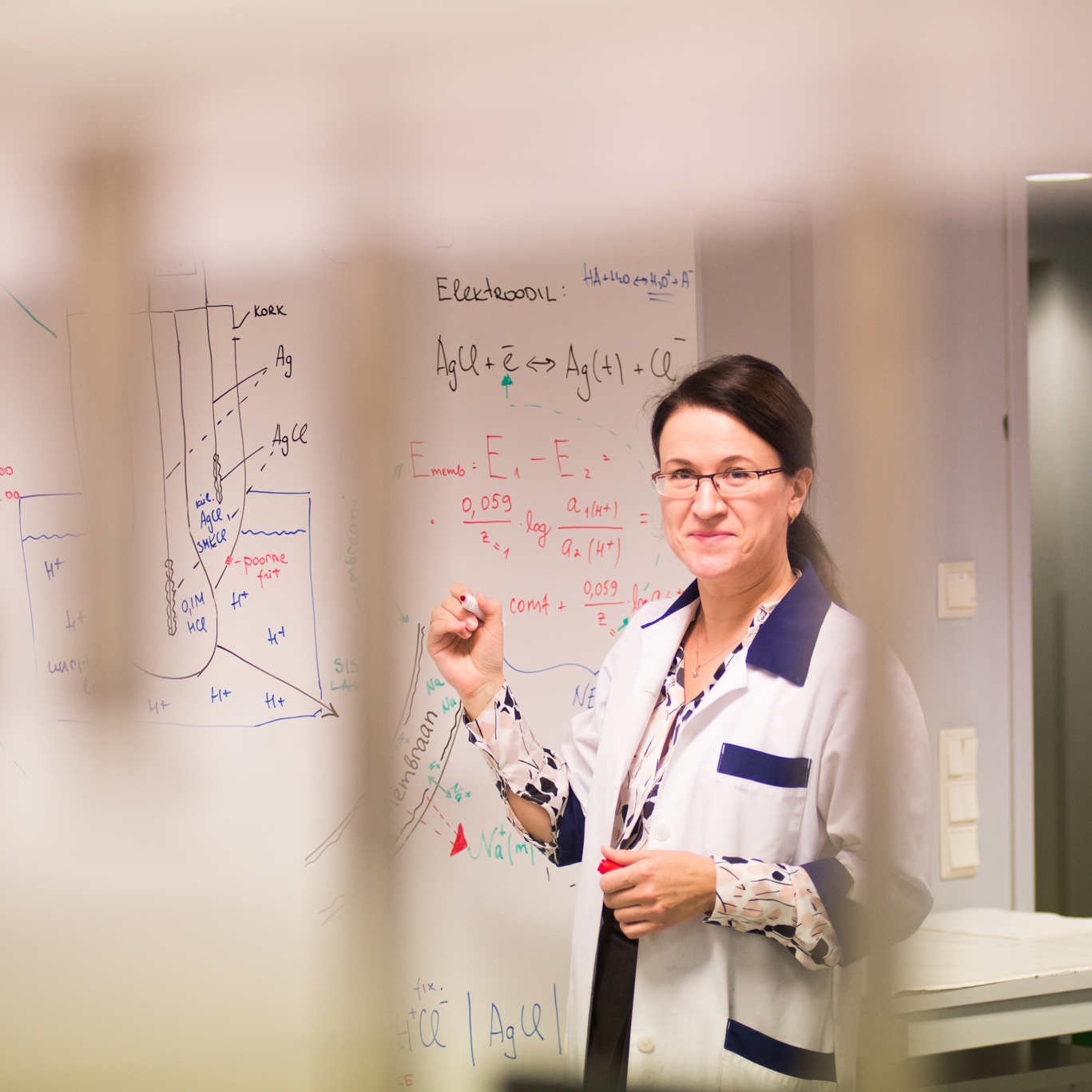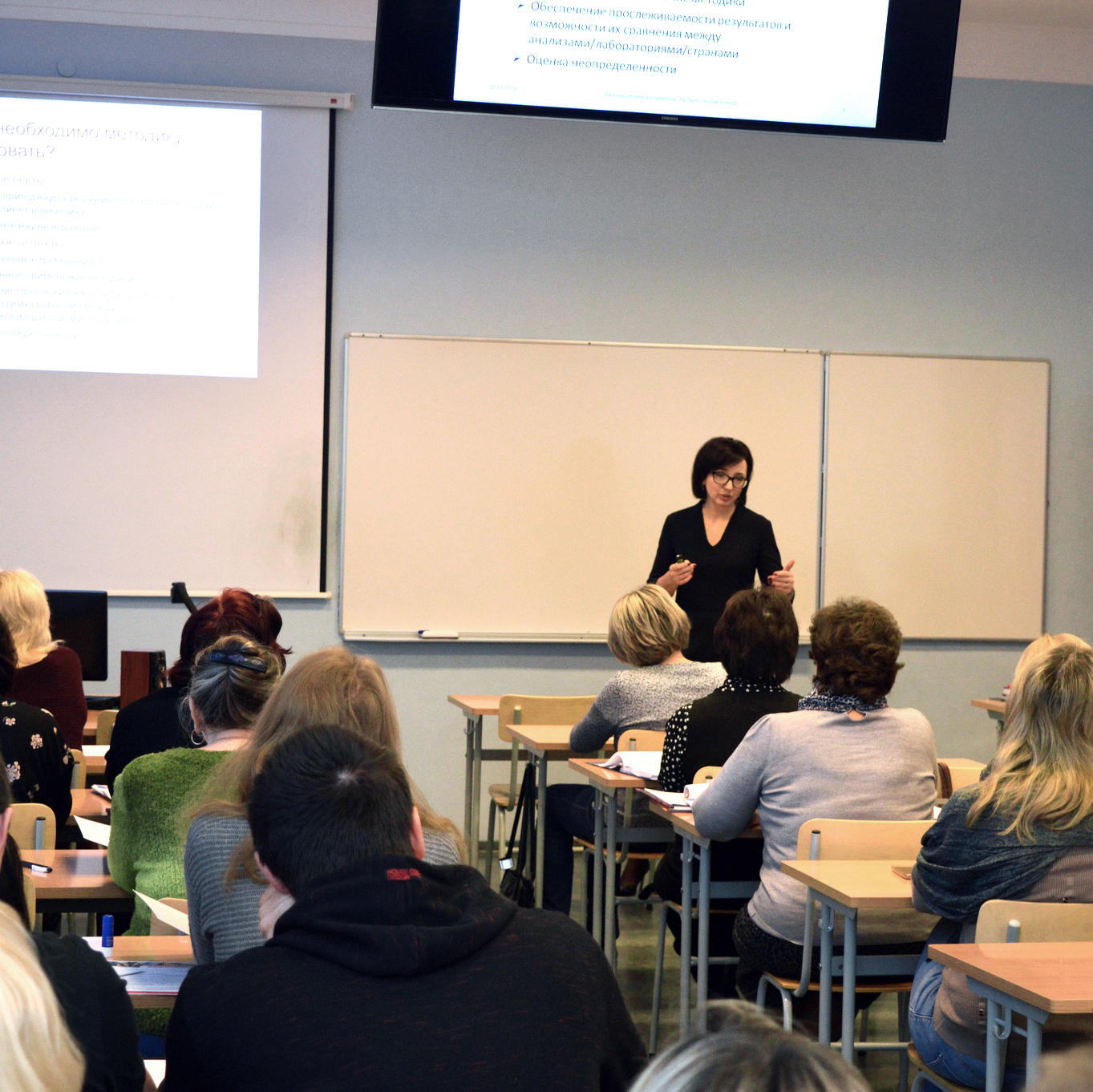Academic Education
We provide several teaching courses focused on different aspects of chemical analysis, including chemical and physical foundations of the analytical process, principles of instrumental analysis, importance of the sample preparation process, and quality assurance. We teach how to provide accurate analytical results. We explain how to analyze and make qualitative and quantitative conclusions on large data sets by using chemometric approaches.
The place of analytical chemistry in environmental protection and technology. Construction of analytical instruments. An introduction to the theoretical foundations of the chromatographic process. Basic principles of gas and liquid chromatography. Qualitative and quantitative chromatographic analysis. Chromatography – mass spectroscopy. Thermal analysis. Electroanalytical chemistry. Potentiometry, coulometry, voltammetry, and conductometry. Interaction of electromagnetic radiation with matter. Methods of atomic absorption and emission spectroscopy. Molecular absorption and fluorescence spectroscopy. The use of molecular spectroscopy (UV-vis, IR, and NMR) for molecular structure determination. Analysis of real samples: sampling and preparation for analysis.
This course contains basic principles of modern physical analysis methods (chromatography, spectroscopy, etc.) and practical applications for sample characterization. Various sample preparation methods, validation of the analytical procedures, and computer modeling of the sample separation process are also presented. Special emphasis is placed on technical understanding of operating principles of analytical equipment, solving possible problems, and instrument maintenance. Practical laboratory work provides hands-on experience in qualitative and quantitative analysis by using solid phase extraction, supercritical extraction, derivatization for sample preparation, and gas- and liquid chromatography with different detectors (UV/Vis spectrometry, fluorescence, mass spectrometry) for analysis.
The course provides knowledge in the following areas: Terms, concepts, and definitions related to the quality system. Measurement, measurement result, measurement uncertainty in chemistry (ISO GUM and Nordtest methods for uncertainty estimation). Validation of analysis methodologies, estimation of fitness-for-purpose of analytical procedures, use of certified reference materials, the performance of analysis, and presentation of results. Interpreting the results of proficient testing measurements, and statistic analysis. Ensuring traceability of results. Regulatory aspects of quality control and quality assurance. Documentation. Accreditation of laboratories. Introduction to mathematical statistics, and statistical tests (t, F, ANOVA). Statistical hypothesis testing. Calculation of the parameters of the calibration equations. Chemometrics as a green method of chemical analysis. Multivariate processing of large data sets using principal component analysis (PCA) and partial least square regression (PLS-R). Classification of analyzed objects by hierarchical cluster analysis (HCA), linear discrimination analysis (LDA), and/or PLS-DA.
This advanced course includes the three most important areas of bioanalytical chemistry: spectroscopy, analytical resolution methods, and immunoassay. In addition, the latest methods are discussed based on scientific research data. Specific analysis methods for specific substance classes (enzymes, amino acids, carbohydrates, lipids, proteins, and nucleic acids) are compared.
Come and learn about exciting world of analytical chemistry!




